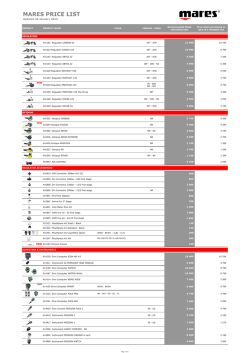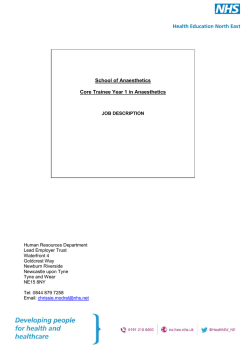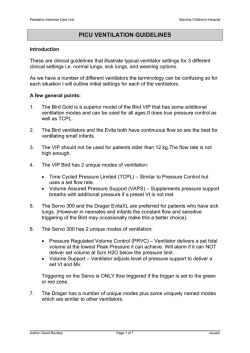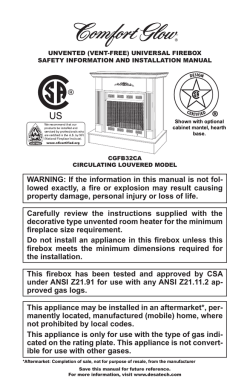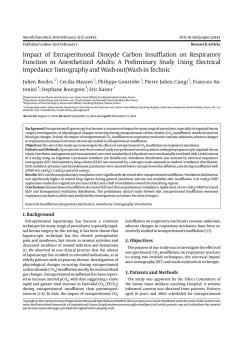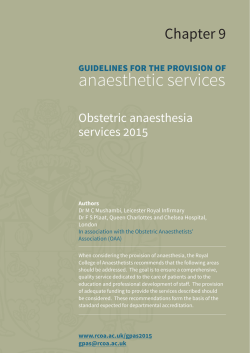
DIFFICULT INTUBATION
Paediatric Intensive Care Unit Starship Children's Hospital DIFFICULT INTUBATION Assessment 1. 2. 3. 4. Check mouth opening / loose teeth/ pathology that may render intubation difficult Length & mobility of neck Check mandible. Is the distance between genu and the hyoid bone normal (one fingerbreadth in infants, three in adolescents)? When the patient’s mouth is wide open, can you see the uvula and the palatoglossal arch completely? If these structures are partly hidden by the tongue, intubation may be difficult Plan 1. 2. 3. 4. 5. 6. 7. Get help – specialist paediatric anaesthetist +/- ENT specialist Do not give intravenous barbituates/propofol or muscle relaxant drugs Prepare a variety of laryngoscope blades, ETTs, stylets and oropharyngeal airways Induce anaesthesia with sevoflurane & N2O. Deepen anaesthesia with sevoflurane in oxygen. Establish intravenous infusion. Consider atropine 0.02 mg/kg Maintain spontaneous respiration with CPAP When patient deeply anaesthetised, consider topical lignocaine to cords/pharynx. This decreases incidence of laryngospasm during attempts to visualise glottis. Have assistant manipulate larynx to good position during intubation. If glottis not visualised but bag mask ventilation is possible: Consider 1. 2. 3. 4. Use of laryngeal mask only Intubation through laryngeal mask, bougie techniques Discontinue anaesthesia and wake patient up Use alternative techniques to direct laryngoscopy (fibre-optic scope, lightwand, blind intubation, Combitube, transtracheal airway) If glottis not visualised and bag mask ventilation is not possible: Consider 1. Insert a laryngeal mask to ventilate the lungs 2. If ventilation is possible, consider - wake up patient - attempt blind nasal/ fibre-optic - intubation through laryngeal mask, bougie techniques - Combitube in large patient 3. If ventilation is not possible, urgently establish transtracheal airway: - retrograde intubation - cricothyroidotomy - tracheotomy Author: Brian Anderson Page 1 of 1 Issued:
© Copyright 2025


